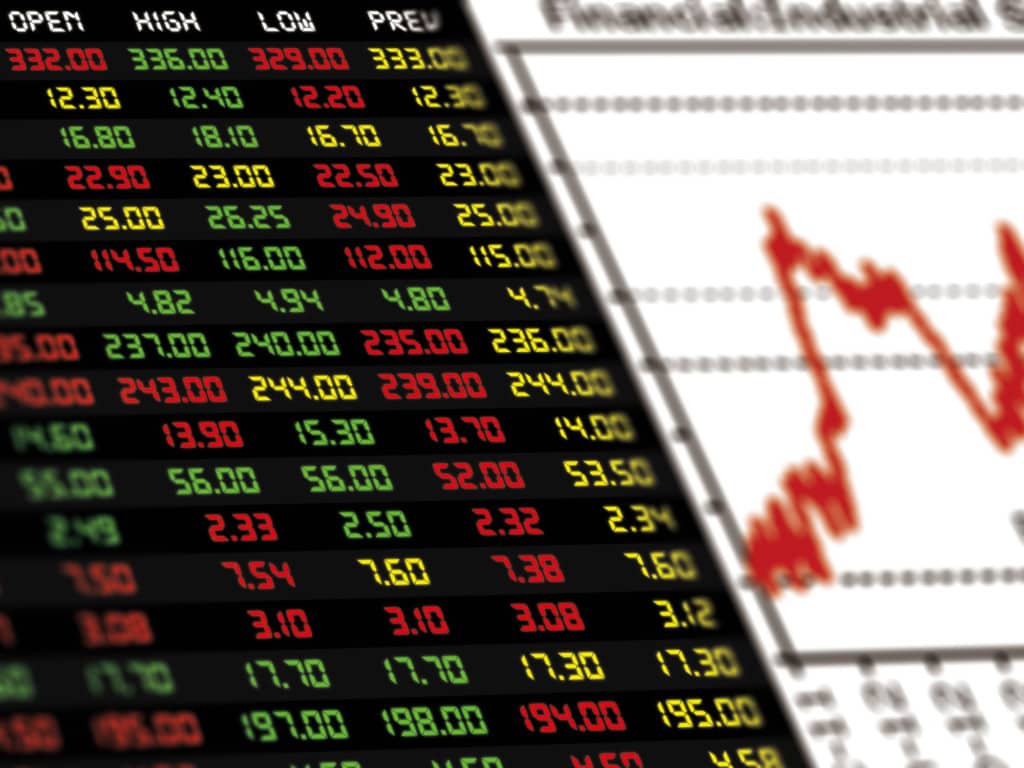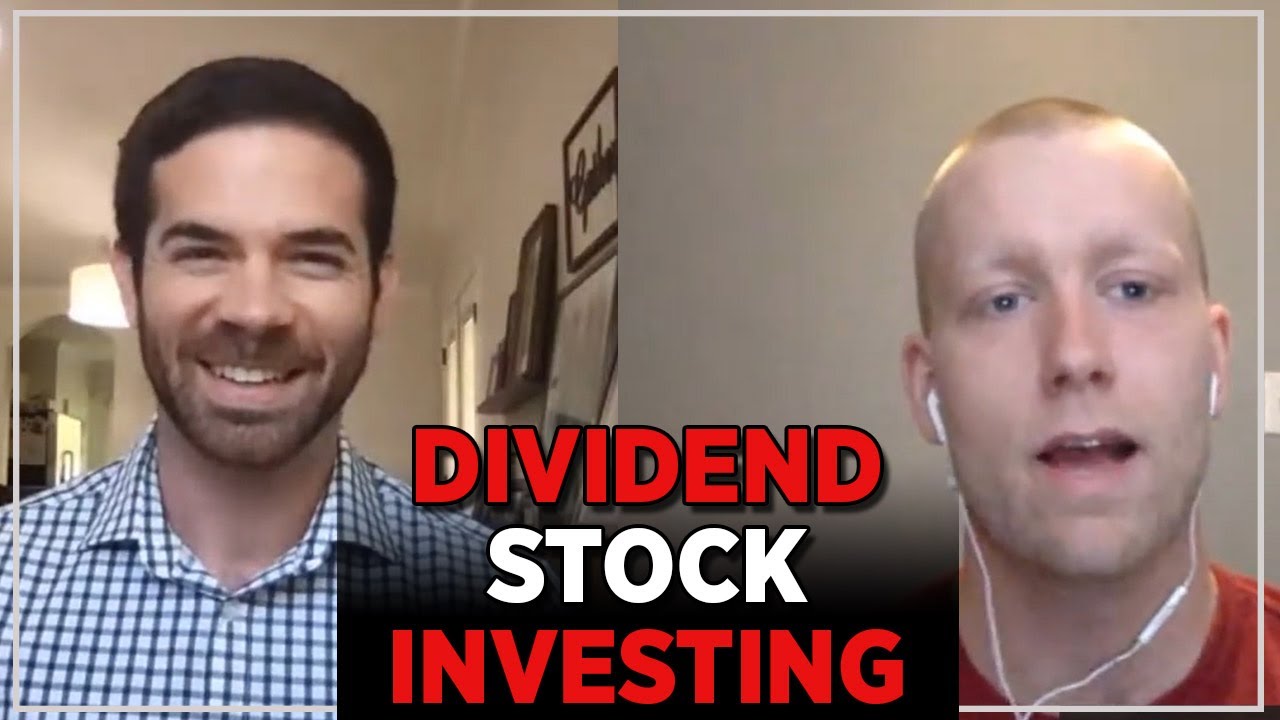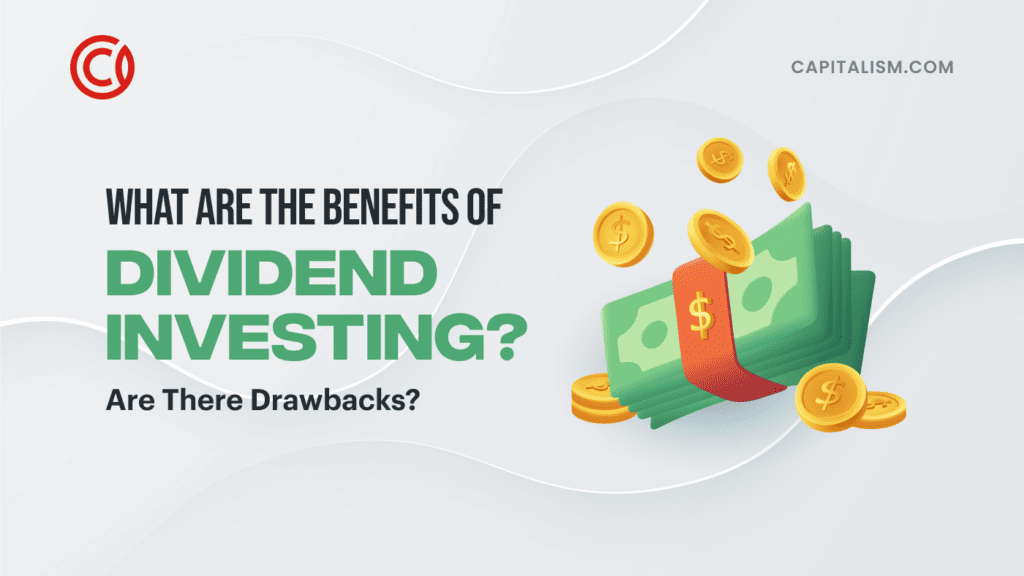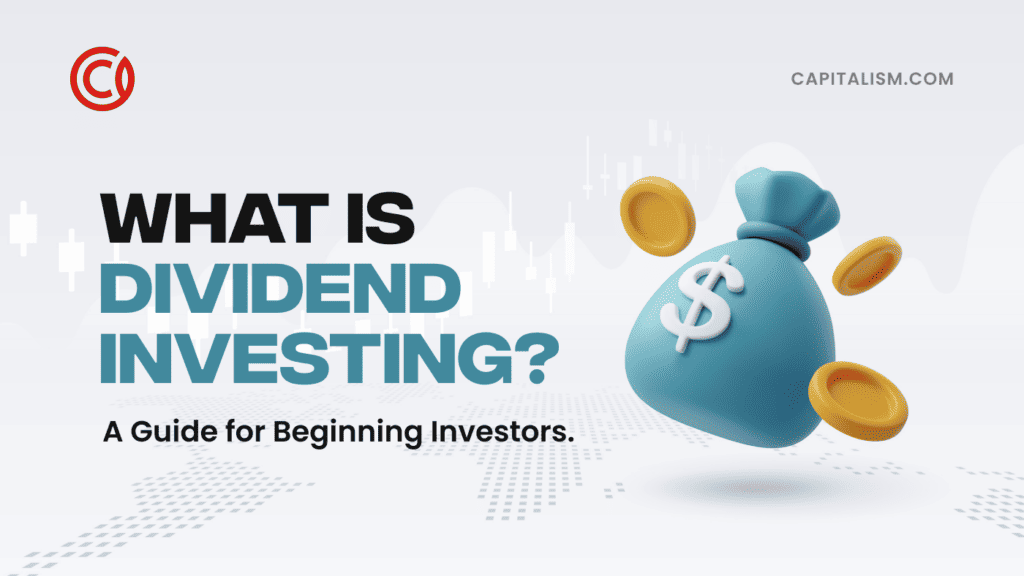If you’ve been investing for a while, you’ve probably heard of the S&P 500. It’s like the Dow Jones Index, but more extensive. Similar to the Dow Jones, many people refer to this index for updates on the largest U.S. publicly traded companies.
But what’s great about the S&P 500 is that within that broader index is a smaller list: the Dividend Aristocrats. Dividend Aristocrats, you could say, are the crème de la crème of reliable dividend-paying companies. These companies have a track history for paying and increasing dividends for at least 25 consecutive years. That’s a long time!
And that’s just one area where dividend aristocrats excel. In this article, we’re explaining why dividend aristocrats are amazing and why you should consider investing in them.
Let’s get started.
Dividend Aristocrats in 2020
What is a Dividend Aristocrat?
Dividend aristocrats are companies that have consistently paid and annually increased the size of their dividend payouts for at least 25 consecutive years.
Ruminate on that for a moment.
Consistently paying dividends and increasing the amount each year for 25 years is impressive. It’s why the title of the aristocrat has such prestige within the S&P 500. It’s important to also remember that the aristocracy is just one of the following three “social” tiers:
Why Do Investors Refer to the S&P 500?
Investors commonly reference the S&P 500 because it sheds insight on the economy's overall state. Before, investors used the Dow Jones Industrial Average. However, the 30-company index is price-weighted with a bias to high-priced stocks, which can be limiting.
In contrast, the S&P 500 is market-cap weighted with a bias towards high-valued companies. Also the S&P 500 accounts for over 80% of the total stock market. While it doesn’t offer complete accuracy, you have more data to work with. Moreover, the S&P 500 rebalances annually in January to keep the list updated, and investors informed.
Tracking the performance of 500 top-performing companies with strong dividend histories helps you make more informed judgments about current economic conditions. After all, if the monolith companies on this list were suffering, it would raise concerns among investors.
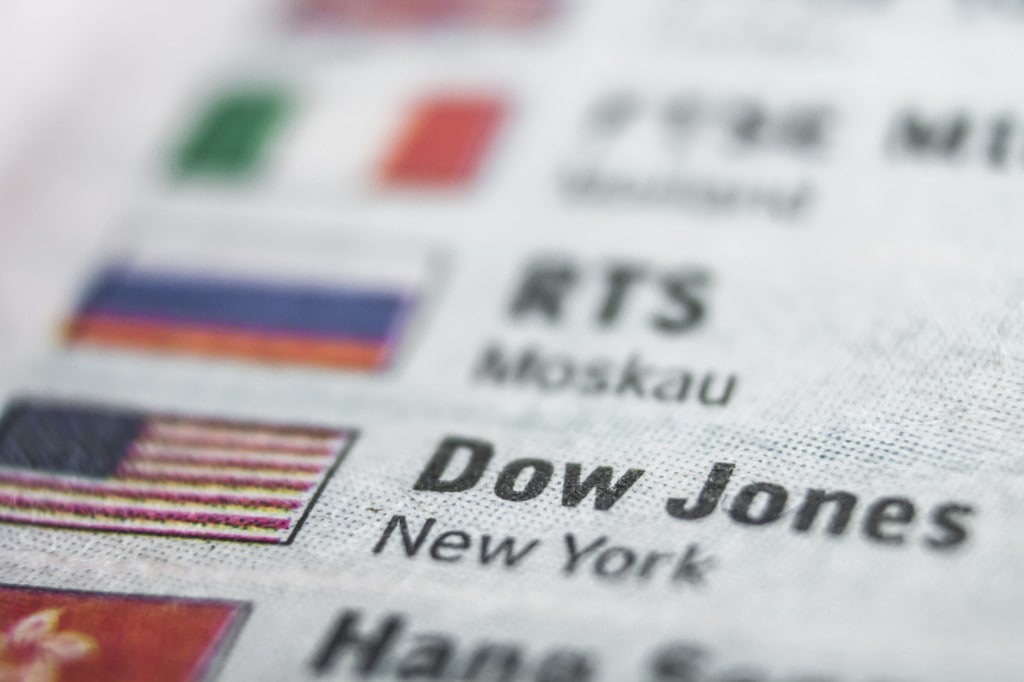
Why the Dividend Aristocrats Index Matters
As we mentioned before, dividend aristocrats are a subsection within the broader S&P 500 index. These companies boast an impressive track record of paying and increasing their dividends, spanning nearly three decades.
Assigning specific companies the title of “Aristocrat” helps investors in a variety of ways:
First, dividend aristocrats tend to be well-known, blue-chip companies. A blue-chip is stock in a corporation that is high-quality and reliable. It makes it easy for investors and narrows their search for high-quality companies.
Moreover, the dividend aristocrat index isolates the top performers. Not all dividends are the same and that’s why many investors flock to blue-chip companies. A company with a track record of increasing dividends tells investors:
Finally, dividend aristocrats offer predictable dividend income. They are already backed by a history of at least 25 years, which minimizes the risk of slashed dividends during economic setbacks.
How to Rise and Become a Dividend Aristocrat
So, how does a company climb its way up to aristocracy? We already listed one qualifier: increasing your dividends annually for at least 25 consecutive years. The S&P Dow Jones Indices list the necessary requirements:
- Be a member of the S&P 500.
- Have increased total dividend per share amount every year for at least 25 consecutive years.
- Have a minimum float-adjusted market capitalization (FMC) of at least US$ 3 billion as of the rebalancing reference date.
- Finally, have an average daily value traded (ADVT) of at least US$ 5 million for the three months prior to the rebalancing reference date.
Becoming a dividend aristocrat is not easy. Your business model must be trustworthy and you must have a product or service that is somewhat recession-resistant.
Just recently, The S&P 500 Aristocrats Index added two companies — Carrier Global (CARR) and Otis Worldwide (OTIS) — this expands the aristocracy to now 66 members.
But don’t hold your breath for the next aristocrat.
“They could be the last two firms admitted for some time given how many companies are suspending or cutting their payouts to conserve cash amid the coronavirus pandemic,” says Lawrence Strauss with Barron’s.
What Stocks Are in the Dividend Aristocrats? (Examples)
So, what type of companies can you expect to find on the list of Dividend Aristocrats? We’ll offer a more comprehensive list in a later section but here are a few noteworthy mentions:
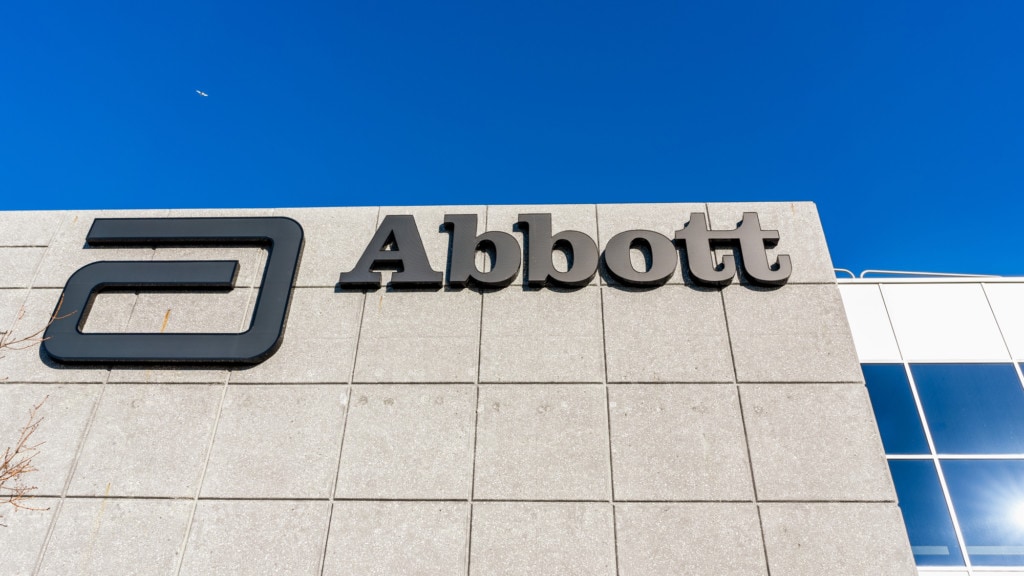
Companies Can Still Fall from Aristocracy
Don’t think that once a company reaches dividend aristocracy that their position is permanent. Remember: the S&P 500 rebalances every January. A company gets knocked off the list if they fail to meet the requirements mentioned earlier.
It’s why you don’t see many companies within the oil and gas industry make the list. The sector is volatile with risk factors that may necessitate slashing dividends, which is why the only two dividend aristocrats in the gas industry are approaching the chopping block.
Exxon and Chevron are two dividend aristocrats that may slash their dividends soon, according to Market Watch. “Investors are pondering whether Exxon and Chevron Corp. are going to forgo paying dividends for the first time in decades,” they report. Coronavirus pandemic knocked our economy on its side. Both companies are working on plans to cut spending, but the demand for fuel declining due to quarantine raises concerns.
Still, Exxon and Chevron are doing everything they can to maintain their dividend aristocrat status. According to Bloomberg, while Exxon has frozen their dividends for the first time in 13 years, it will not disrupt their dividend increase streak. “Even if the company maintains quarterly payouts at the current level for the rest of 2020, the annual outlay will be $3.48 a share, or 1.5% above 2019,” they report.
Chevron is also committed to maintaining their dividend. CNBC quotes Chevron CEO Michael Wirth, “Our dividend is our number one priority and it’s very secure. We’re taking actions to preserve cash. It will have some impact on production in the near term, but we’ve stayed with our financial priorities, which include protecting the dividend.”
Dividend Aristocrats List 2020: What Are the 57 Dividend Aristocrats?
Before January 2020, there were a total of 57 dividend aristocrats. Sure Dividend reports how the number of dividend aristocrats has grown to 66:
On January 24th, 2020, Amcor (AMCR), Atmos Energy (ATO), Realty Income (O), Essex Property Trust (ESS), Ross Stores (ROST), Albemarle (ALB), and Expeditors International (EXPD) were added to the Dividend Aristocrats Index which brings the total number of Dividend Aristocrats up from 57 to 64. Then on March 31st, 2020, United Technologies merged with Raytheon to form Raytheon Technologies, changed its ticker to RTX, and spun off Carrier Global (CARR) and Otis Worldwide (OTIS) to bring the total Dividend Aristocrat count up to 66.
Below is a list compiled from a dividend aristocrats spreadsheet by Sure Dividend:

Dividend Aristocrats 2020
- Otis Worldwide Corp. (OTIS)
- Carrier Global Corp. (CARR)
- 3M Co. (MMM)
- A. O. Smith Corp. (AOS)
- Abbott Laboratories (ABT)
- AbbVie, Inc. (ABBV)
- Aflac, Inc. (AFL)
- Air Products & Chemicals, Inc. (APD)
- Archer-Daniels-Midland Co. (ADM
- AT&T, Inc. (T)
- Automatic Data Processing, Inc. (ADP)
- Becton, Dickinson & Co. (BDX)
- Brown-Forman Corp. (BF.B)
- Cardinal Health, Inc. (CAH)
- Caterpillar, Inc. (CAT)
- Chubb Ltd. (CB)
- Chevron Corp. (CVX)
- Cincinnati Financial Corp. (CINF)
- Cintas Corp. (CTAS)
- The Clorox Co. (CLX)
- The Coca-Cola Co. (KO)
- Colgate-Palmolive Co. (CL)
- Consolidated Edison, Inc. (ED)
- Dover Corp. (DOV)
- Ecolab, Inc. (ECL)
- Emerson Electric Co. (EMR)
- Exxon Mobil Corp. (XOM)
- Federal Realty Investment Trust (FRT)
- Franklin Resources, Inc. (BEN)
- General Dynamics Corp. (GD)
- Genuine Parts Co. (GPC)
- Hormel Foods Corp. (HRL)
- Illinois Tool Works, Inc. (ITW)
- Johnson & Johnson (JNJ)
- Kimberly-Clark Corp. (KMB)
- Leggett & Platt, Inc. (LEG)
- Linde Plc (LIN)
- Lowe's Cos., Inc. (LOW)
- McCormick & Co., Inc. (MKC)
- McDonald's Corp. (MCD)
- Medtronic Plc (MDT)
- Nucor Corp. (NUE)
- People's United Financial, Inc. (PBCT)
- Pentair Plc (PNR)
- PepsiCo, Inc. (PEP)
- PPG Industries, Inc. (PPG)
- Procter & Gamble Co. (PG)
- Roper Technologies, Inc. (ROP)
- S&P Global, Inc. (SPGI)
- The Sherwin-Williams Co. (SHW)
- Stanley Black & Decker, Inc. (SWK)
- Sysco Corp. (SYY)
- T. Rowe Price Group, Inc. (TROW)
- Target Corp. (TGT)
- Raytheon Technologies Corp. (RTX)
- VF Corp. (VFC)
- W.W. Grainger, Inc. (GWW)
- Walmart, Inc. (WMT)
- Walgreens Boots Alliance, Inc. (WBA)
- Amcor Plc (AMCR)
- Atmos Energy Corp. (ATO)
- Realty Income Corp. (O)
- Essex Property Trust, Inc. (ESS)
- Ross Stores, Inc. (ROST)
- Albemarle Corp. (ALB)
- Expeditors International of Washington, Inc. (EXPD)

What Are the Best Dividend Aristocrats?
Coronavirus hit us from out of the blue, catching the world off-guard — including in the economy. With COVID-19 and quarantine, many investors are scrambling about what to do. Is it even safe to invest right now?
Investing experts at Seeking Alpha seem hopeful. “A properly designed portfolio can withstand even black swan events like this,” they say.
In these uncertain times, many investors are equating “best” with “safest.” Following that criteria, Seeking Alpha's recommendations on the best dividend aristocrats to buy now are as follows:
What Stocks Pay the Highest Dividends?
If the dividend yield is what you value most, here are the top 10 dividend aristocrats with significant dividend yields:
- AT&T Inc. (T)
Dividend Yield: 6.96% - People's United Financial, Inc. (PBCT)
Dividend Yield: 6.62% - Franklin Resources, Inc. (BEN)
Dividend Yield: 6.03% - Federal Realty Investment Trust (FRT)
Dividend Yield: 5.37% - Leggett & Platt, Inc. (LEG)
Dividend Yield: 5.34% - Realty Income Corp (O)
Dividend Yield: 5.36% - AbbVie Inc (ABBV)
Dividend Yield: 5.12% - Walgreens Boots Alliance Inc (WBA)
Dividend Yield: 4.62% - Cincinnati Financial Corporation (CINF)
Dividend Yield: 4.19% - Raytheon Technologies Corp. (RTX)
Dividend Yield: 3.17%

How to Invest in Dividend Aristocrat Index
Here’s the thing.
We all know that investing is conducive to manifesting financial freedom in your life. Still, many investors aren’t experts and know the ins and outs of the market. The everyday investor might just want to build passive revenue — emphasis on passive.
If this is you, then you might want to look into exchange-traded funds (ETFs). ETFs are great for everyday investors because they offer diversification. A dividend aristocrats ETF is especially attractive because they provide low-risk and more predictable returns.
Some ETFs worth looking into include:
Does Vanguard have a Dividend Aristocrats Fund?
The Vanguard Dividend Appreciation ETF (VIG) is an index fund that adheres to reliable standards and invests in the NASDAQ Dividend Achievers Select Index — a list of companies that have increased their dividends for 10 consecutive years. But this fund is also known to have held top performers, like Procter & Gamble and even Coca Cola, a renowned Dividend King!
Why Are Dividend Aristocrats Good Investments?
Not convinced of the grandeur of dividend aristocrats yet? Here are a few more advantages worth noting:
#1 A Dividend Aristocrat Prioritize Value
Here at Capitalism.com, we believe creating value and selling that value to your customers is number one. If you think about it, becoming a dividend aristocracy must prioritize this. Without this fundamental value, they wouldn’t have lasted as long as they have. Dividend aristocrats serve their customers and build solid foundations.
And what’s the result?
Their customers are happy. Their bottom line is happy. And the shareholders are happy.
The ultimate trifecta in business.
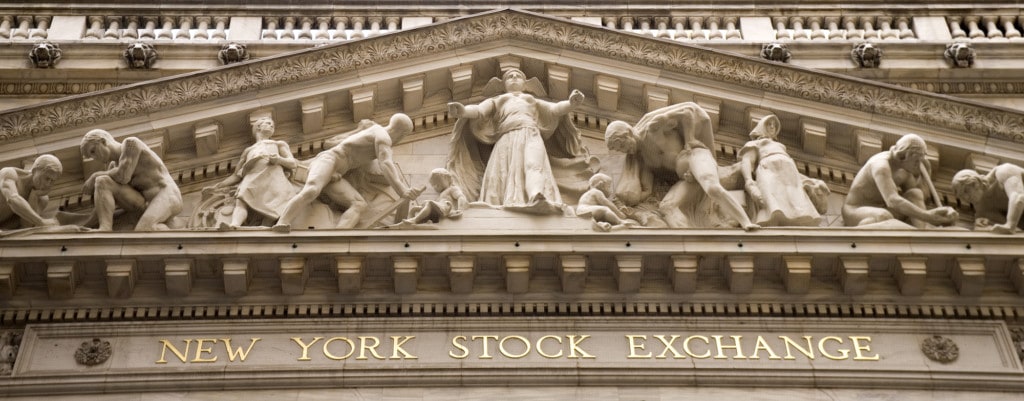
#2 Defensive Stocks
Many investors praise dividend aristocrats because they consider them “defensive stocks.” This means they have infrastructure and reserves in place to weather the volatility of bull and bear markets.
If you review the list of dividend aristocrats, you'll notice that these companies operate within recession-resistant industries, like health care and consumer staples. Regardless of current economic conditions, customers will still buy their products or services. Where other companies go bust, dividend aristocrats still generate cash flow during a recession.
#3 Predictability
You already know that dividend aristocrats have increased their dividend size for 25 consecutive years. Adding one of these companies to your portfolio also adds predictability to your dividend income. You’re less likely to experience dividend slashes with a dividend aristocrat. Moreover, your dividends will increase over time, which encourages compounding growth.
#4 Shareholder-Centric
Shareholders are critical to these companies. That’s why they faithfully pay their dividends and reward their shareholders with an annual dividend increase.
What does that tell you as an investor?
These companies are purposeful with their capital allocation. Many of these companies pay out dividends as a substitute for capital gains and must generate enough cash flow to not only sustain and grow the business but also pay a portion of those earnings to their shareholders. If you invest in dividend aristocrats, they will pay you back in predictable, consistent dividends.
Criticisms
Praise and criticism are both sides of the same coin. Just as many people praise dividend aristocrats, many also criticize them.
The main gripe is that dividend yields for these aristocrats aren’t always enticing. A company that offers a 2% or 3% return is hardly worth jumping for joy.
“Why even bother?” some investors might say.
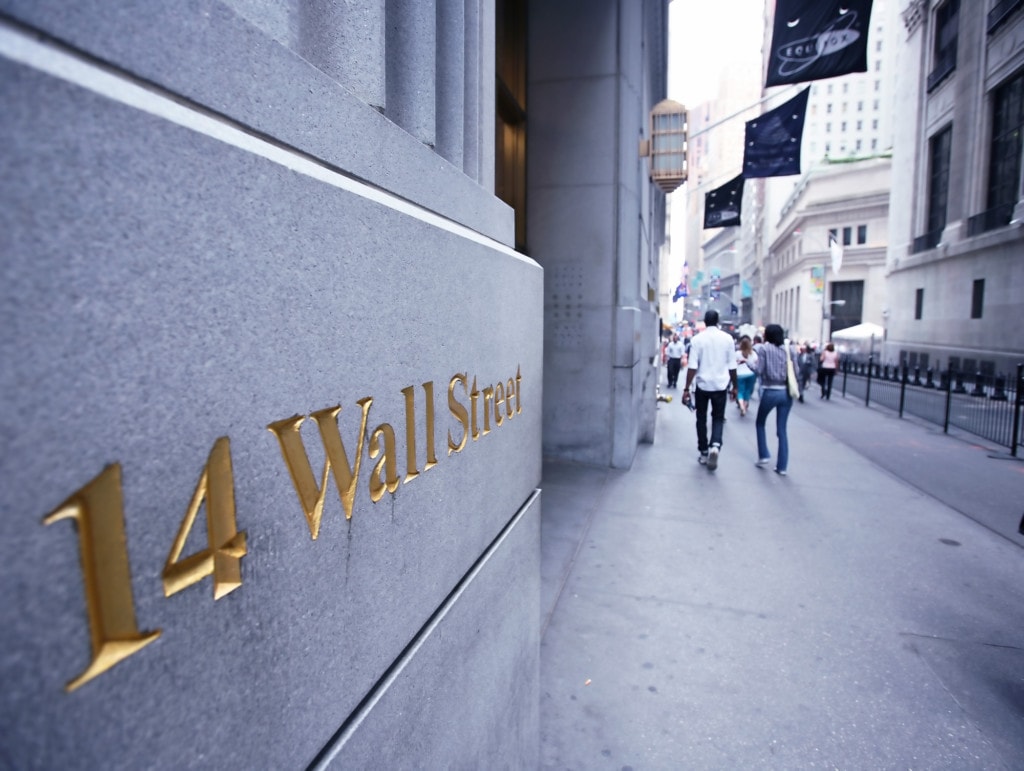
But remember: dividend yield is only one factor for measuring a stock’s worth. You must also consider the individual investor’s goals.
For example, a 50 -year-old investor’s goals can differ significantly from a 19-year-olds. A young investor may pursue a more aggressive investment strategy because they have time in their favor. In contrast, the older investor might want a steady and reliable dividend income.
"These are not the highest yielders, which can be kind of susceptible to the business cycle and interest rates. These are just quality companies," said global investment strategist Simeon Hyman about dividend aristocrats at the 2019 Charles Schwab IMPACT conference.
There are many ways to evaluate a stock — dividend yield is just one of them.
Can You Get Rich From Dividend Stocks?
The short answer: you can.
Can you get rich quickly? Probably not. If you’re looking for a get rich scheme, then cultivating your dividend income isn’t for you.
If you’re looking to build wealth slowly over time, then investing in dividend-paying stocks is definitely up your alley. There are three qualities to dividend investing:
Investing requires you to save money for investing and be consistent when contributing to your investments. Contributing even $100 every month can reap significant returns if given enough time.
Also, you’ll need to invest in the right stocks. If you're not doing your research or using reliable ETFs or mutual funds, you risk losing money. Investing in companies that constantly slash dividends can make investing more stressful than it has to be.
That’s why dividend aristocrats tend to be a great place to start. These companies stand above other companies on reliability. You can place more trust in these companies because they have the history to show it.
Are Dividends Worth It?
To make dividends worth your time, you’ll want to focus on compounding growth.
How do you do this?
Reinvest all your dividends. See, this allows your dividends to make money for you. Instead of pocketing that income, you can use that money to buy more shares. Then those additional shares pay you more dividend income.
The dividends compound on themselves and the cycle repeats.
It’s why time is so crucial to investing. You need enough time for your money to do work for you before you see any meaningful returns.
Can You Live Off Dividends?
If you’re just starting out, you probably won’t be able to live off your dividends. You’ll need to grow your investment portfolio to a size where it’s paying you enough dividend income to cover your living expenses.
For many investors, this can take decades.

Still, we don’t recommend allocating your dividend income to your living expenses. If you don’t reinvest your dividends, you deny yourself the advantages of compounding growth. When you compare the returns when you reinvest the dividends and when you don't, the difference in profitability over the long term can be significant.
Instead, adopt a long-term investment strategy and reinvest all your dividends. It might be helpful to think of your dividend-paying stock investments as a retirement account. It’s something that you contribute to and, and in return, it generates money for you to use in retirement. You’ll often find investors spending their golden years with money earned from their dividend-paying stocks.
Are Dividends Taxed?
Unfortunately, yes. Uncle Sam considers dividend income to be income and you’ll need to pay taxes accordingly.
“But what if I never pocket your dividends and reinvest them?” you might ask.
Sadly, Uncle Sam doesn’t care. Dividend income is income, whether it hits your bank account or not. Fortunately, there are tax savings depending on whether you receive ordinary dividends or qualified dividends.
Ordinary Dividend vs. Qualified Dividend
Ordinary dividends are taxed at ordinary income rates, usually ranging from 10% to 37% (depending on which tax bracket you fall in). However, qualified dividends, on the other hand, are taxed at the long-term capital gains rate. These tax rates tend to be less than the income tax.
If you’re brand new to investing, consider working with a financial advisor or accountant. Your tax obligations as a new investor can get complicated, and a professional can help clear up any confusion.
Bottom Line
Here’s the TL;DR on dividend aristocrats:
You just learned that dividends can potentially make you rich and fund your lifestyle in retirement. Still, investing can be risky. In short, dividend aristocrats can add some much-desired stability to your dividend income. Moreover, with a track record of over 25 years, you can’t go wrong.
If you want to learn more about how to build a business and invest the profits, we’ve made a little something we think you’ll enjoy. Plus, it’s absolutely free. Check out this video series and put what you learn to work for you in your quest for more freedom.
Disclaimer: At Capitalism.com, we do our best to provide accurate information on finance and investing, but we are NOT certified financial or legal professionals. Investing is not a one-size-fits-all and the advice presented here may not apply to your unique situation. We do NOT guarantee that any of the advice will result in you getting filthy rich (we still have yet to crack the secret code to unlimited riches). We recommend that you use this article as a starting point to do your own research and due diligence, which may include consulting with a qualified financial professional.
